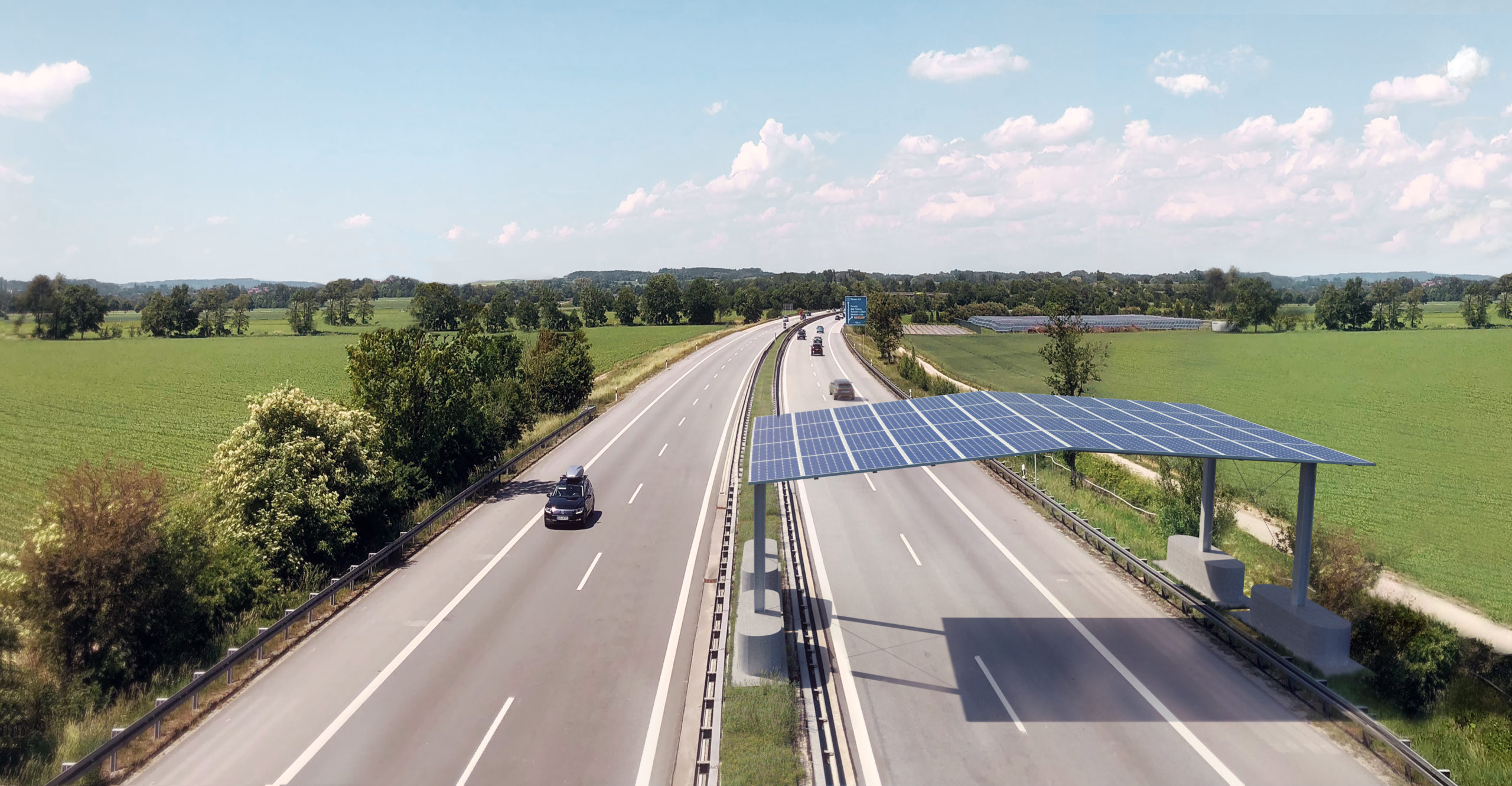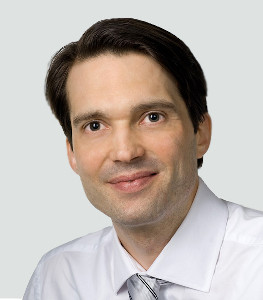
Dr. Stephan Abermann, part of the ESMC Board since its formation, is a true clean-technology enthusiast. His career has ranged from being a European Patent Attorney to Head of New Technology Scouting at Swarovski, ultimately leading him to the biggest non-university research institution in Austria the AIT Austrian Institute of Technology. As head of Competence Unit Energy Conversion & Hydrogen, he is an advocate for the systemic approach to the green transition.
BACKGROUND
Already during his master’s studies at Montanuniversität Leoben, the photovoltaic effect caught Dr. Abermann as a very elegant way of producing energy. 25 years later, he still sees it as a key component to achieve a green, just, transition. Since then, his understanding has of course broadened, and he opposes himself to a discussion climate that is too emotional and polarizing. “You can’t solve it [the green transition] by only promoting wind, hydropower, and PV. You must bring in both economical and societal factors and deal with the system integration. And then, of course, not to forget about energy savings and sector coupling. This is well-recognized in the scientific community”.
The Austrian Institute of Technology (AIT) is one of the founding members of ESMC. AIT provides research and technological development on the next generation of infrastructure-related technologies in the fields of Energy, Low-Emission Transport, Health & Bioresources, Digital Safety & Security, Vision, Automation & Control, Technology Experience, and Innovation Systems & Policy. As stated in the introduction, Dr. Abermann is Head of the Competence Unit Energy Conversion & Hydrogen, a division under AIT’s Center for Energy. At the competence unit, they, amongst others, study the increased integration of renewable energy, providing performance measurements, accelerated aging tests, and material compatibility analysis of photovoltaic modules and devices. Digital O&M solutions, the multifunctionality of PV, and the coupling to green hydrogen production technologies such as electrolysis are other examples of topics in their project portfolio.
Name:
Stephan Abermann
Company:
AIT Austrian Institute of Technology
Position:
Head of Competence Unit Energy Conversion & Hydrogen
Location:
Vienna, Austria
No. years in the industry:
3 years
EUROPEAN COLLABORATION
As board member of ESMC, he is no stranger to collaborative processes with European Industry and research partners. Additionally, his unit mainly participates in or manages trans-sectorial projects, often with several international or national parties. This is demonstrated in the VIPERLAB project, for example, which is “a large infrastructure sharing project on a European scale, aiming to accelerate the perovskite PV development in Europe”, according to Dr. Abermann. He continues with another example,” the BE-SMART project deals with architecture and proper integration of photovoltaics in the building environment, for example. And then we have a lot of national projects, of course, with different kinds of players”.
EUROPEAN R&D AND PV MANUFACTURING
Dr Stephan Abermann sees a strong R&D presence as a deciding factor for the regrowth of the PV industry in Europe. He argues that we are fortunate that the research institutes remained active after the insolvencies in the late 2000s and early 2010s, which was not the case for other industries. “Knowhow is very hard, and takes ages, to rebuild”, he says, referring to the ongoing efforts to bring back conventional semiconductor industries in the United States and in Europe, market shares that were lost to Asia in a similar way as for the photovoltaics value chain.
When asked about why he sees a need for the industry in Europe to grow, he quickly reaches the topic of industry and energy independence. The current high prices of gas and electricity and PV supply chain issues have shown what system effects these dependencies can cause. He continues to highlight sustainability factors and makes sure to explain that he does not only have the omittance of transport-related emissions in mind. European production can be and will be more competitive to social and ecological standards, “which fortunately is becoming more and more important”, says Dr. Stephan Abermann. In the material and device fabrication development, AIT always focuses on sustainable and non-toxic abundant materials and sees it as a natural step in developing a modern industry.
He definitely sees a huge shift in the general discussion, to the benefit of photovoltaics now compared to a decade ago. “From our perspective at the AIT, we always saw PV as an important pillar, but now we see momentum with other stakeholders as well”. This does not mean that no challenges remain. In fact, increasing deployment and familiarity with technology brings new issues, he explains. As Austria is one of the countries with the highest sealing rate of fertile soil in Europe, there is a prevailing issue with land scarcity and conflicting interests in unsealed land. Nimby-effects are well documented in Austria and other countries with a high level of built environment. This leads to the topic of renewables often including a dimension of social acceptance. This is one reason why Dr Abermann’s unit focuses a lot on technology integration in the built environment, where he is convinced that PV does already, and will increasingly in the future, play a large role.
We finish the interview by concluding that while seeing photovoltaics high on the agenda is appreciated, he still feels that the complexity of the energy system change is underestimated.
“I fear that it is not yet clear that it is not only about power, but we must also integrate huge amounts of storage, develop green hydrogen, couple sectors, put renewable heating and cooling in place, develop sustainable industrial processes, build and integrate sustainable and efficient cities … And now, seeing the effects that the high gas prices have, it shows you the dimension of the change”
However, with system integration being well represented among AIT’s Center for Energy research activities, there are several projects in which the sector coupling opportunities and multifunctional properties of PV can be showcased.
Read more on their website.
This article is part of a series of interviews with ESMC board members. Questions about the content or communication are directed to the author Amelia Oller Westerberg, market analyst and communicator (westerberg@esmc.solar).
